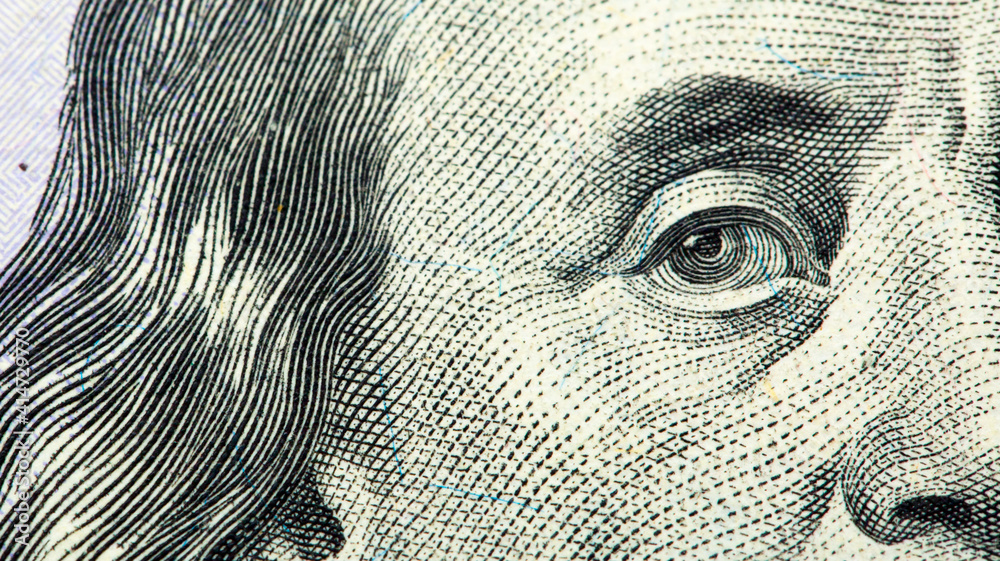
The Federal Reserve announced its inclination late last week to aggressively push for further action in its attempt to battle the economic downturn, including the buying up of more long-term assets. Some in America’s central bank have even pondered artificially raising interest rates.
The economic impact of the Fed’s latest decisions is worth the subject of its own column, but this week I’d like to discuss an even larger topic. So huge, in fact, that it will be divided into two parts, the second of which will be published next week.
I fear that too much ignorance exists today about where money comes from and how it maintains value. I would be curious to know how many Americans under the age of 30 actually know what the Federal Reserve is, let alone what it does.
Incidentally, if you are among the uninformed regarding the nature and role of the Fed, fear not: the answers will be provided for you over the next two weeks.
Personal conversations with my contemporaries lead me to suspect that many Americans remain unaware that the value of their dollar is no longer rooted in gold, but rather, is based on the “good credit” of the United States.
How money is created, how it’s spent and how it retains its value can literally affect whether our nation pursues peace or war. It can determine if we live in liberty or tyranny. Education, health care and climate change are important issues, but money is, without doubt, the driving force behind every political issue the United States faces today.
The voluntary exchange of goods and services is essential in a free society. At its core, money is any commodity whose value can be agreed upon by any two parties.
For much of recorded history, the currencies of the world were commodity-based. That is, the scarcity and demand for an item or product (like gold, livestock or rice), made that product inherently valuable as a form of currency to the parties involved.
The last few hundred years, however, have witnessed a gradual shift away from “hard” money, like gold or silver, toward a “fiat” system, where the value of a currency is rooted in a country’s credit, not in the intrinsic worth of the currency unit itself.
When a country uses a currency that is linked to a commodity of which there is a finite amount, like precious metals, that country must pick and choose what it can afford to invest in, and what it cannot. Going to war and establishing an overseas empire is less than feasible. Providing income and doctors for every citizen cannot be managed.
However, a country that prints its own paper money is not as easily hindered by budgetary restrictions. Want a war in the Middle East? A trillion dollar health care program? Just print, spend and repeat.
This sounds wonderful on its face. But in order to provide endless services and endless wars, government must print, and print, and print some more.
Consider this. If you were the only person possessing a loaf of bread on a deserted island of 30 similarly stranded inhabitants, the value of that bread would be pretty sizeable. But if every inhabitant had a loaf of bread, the overall value of each loaf would be worth less.
Similarly, when the amount of money in circulation is increased, the overall value of every dollar in circulation is decreased.
From Rome to Great Britain to the United States, the history of the world’s greatest empires suggests a number of timeless truths. One is that fiat money is a precondition to empire. Empires fall, and a rudimentary study of history reveals that their downfall is almost universally the result of an economic crisis.
Many events can trigger economic breakdowns, but currency debasement almost always provides the conditions for the collapse. Currency debasement occurs, in large part, when the money supply is increased. And it’s far easier to increase the money supply, when all you have to do is print fiat money, rather than mine and collect hard commodities.
This trend toward fiat money and credit-based economies, has been propagated primarily by central banks. Government central banks printing large quantities of the public currency, routinely causes malinvestment on the part of financiers that usually results in artificial economic booms. With every boom there is a bust, and the larger the boom, the larger the bust.
With enough debt accumulation, hyperinflation ensues, the outcome of which is the complete debasement of a currency and the wiping out of the middle class. With currency debasement, life savings go for naught. The collection of taxes is impractical, and providing for social services and military operations is near impossible. In short, society is dramatically altered.
Why bother telling you all this? Because, if the historical record can demonstrate that fiat currencies created and distributed by central banks, encourage false booms, currency debasement and economic collapse in a more exorbitant and damaging way than sound money managed by free markets, then they deserve to be abolished.
The Federal Reserve is the central bank of the United States. Next week I will attempt to prove how the Fed is guilty of much of what I have outlined above, why it is responsible for most of America’s problems today, and how it can be stopped.





